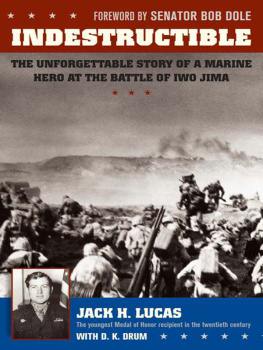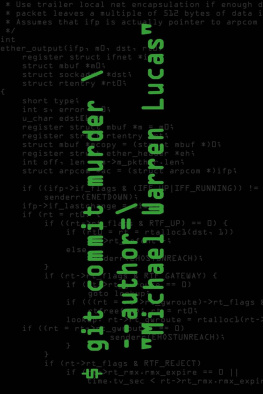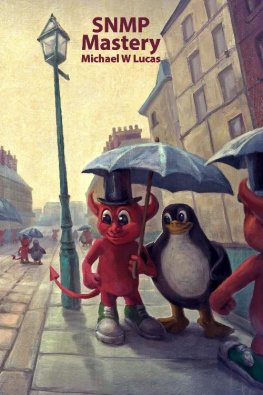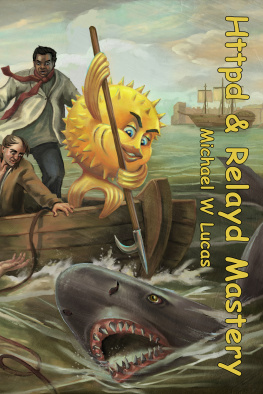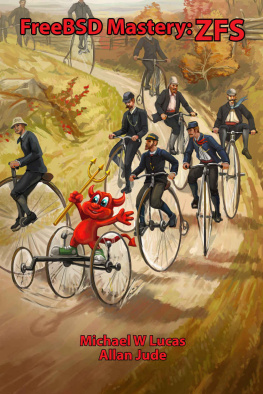Archaeology of the War of 1812
Archaeology of the War of 1812
Edited by
Michael T. Lucas
Julie M. Schablitsky
First published 2014 by Left Coast Press, Inc.
Published 2016 by Routledge
2 Park Square, Milton Park, Abingdon, Oxon OX14 4RN
711 Third Avenue, New York, NY 10017, USA
Routledge is an imprint of the Taylor & Francis Group, an informa business
Copyright 2014 Taylor & Francis.
All rights reserved. No part of this book may be reprinted or reproduced or utilised in any form or by any electronic, mechanical, or other means, now known or hereafter invented, including photocopying and recording, or in any information storage or retrieval system, without permission in writing from the publishers.
Notice:
Product or corporate names may be trademarks or registered trademarks, and are used only for identification and explanation without intent to infringe.
Library of Congress Cataloging-in-Publication Data
Archaeology of the War of 1812 / edited by Michael T. Lucas, Julie M. Schablitsky.
pages cm
Includes bibliographical references and index.
ISBN 978-1-61132-883-7 (hardback : alk. paper) ISBN 978-1-61132-885-1 (institutional ebook) ISBN 978-1-61132-886-8 (consumer ebook)
1. United States History War of 1812 Antiquities. 2. Military archaeology United
States. I. Lucas, Michael T., editor of compilation, author. II. Schablitsky, Julie M. (Julie Marie),
editor of compilation, author.
E355.A73 2014
973.52dc23
2014013257
ISBN-13: 978-1-61132-883-7 hardcover
Contents
Julie M. Schablitsky and Michael T. Lucas
John R. Grodzinski and Ralph E. Eshelman
Eva MacDonald, David Spittal, and David Robertson
Timothy J. Abel
Susan E. Maguire
Michael T. Lucas and Emily L. Swain
Robert S. Neyland and Jeffrey M. Enright
Noel D. Broadbent and Richard G. Ervin
Patrick L. ONeill
Julie M. Schablitsky
Charles D. Cheek, Joseph F. Balicki, and David G. Orr
Christopher T. Espenshade
Timothy Baumann, John Peterson, and Michael Dickey
C. Scott Butler
John E. Cornelison, Jr. and David W. Lowe
David G. Orr
Julie M. Schablitsky and Michael T. Lucas
O ver the last 50 years, archaeologists have received funding in the United States and Canada to investigate numerous battlefields, forts/encampments, and shipwrecks related to major military events. In fact, there has never been a lack of public (or archaeological) support for military sites. As such, this interest in our violent past has produced a significant amount of archaeological scholarship. The incorporation of alternate methods of investigation, such as metal detecting, consideration of landscape and military tactics, as well as munitions analysis created a subfield within the discipline known as military archaeology. Military archaeologists, often found within the National Park Service, intimately understand the evolution of warfare technology and the way troops used the terrain to their advantage. The archaeologists comprehension of the soldiers physical world provides them with the interpretive skills to not only investigate large artifacts, such as forts and shipwrecks, but to find subtle traces of military life in farm fields and along highways. Furthermore, the advancement within archaeology also urges us to look beyond the site boundary and consider how military strategists and officers used the landscape for defensive and offensive maneuvers. Since fine-tuning our investigative skills in military archaeology, what have archaeologists been able to learn and contribute to the War of 1812 narrative? And more importantly, why are these contributions salient at this moment in North American history? Why should we remember the human drama of the War of 1812, and how does archaeology tell this story in a unique and compelling manner? This volume is a product of its time, and as such, it attempts to explore these questions within the context of our current understanding of military archaeology in general, and sensibilities about the War of 1812 in particular.
Recent interest in this War has resulted in the publication of dozens of historical volumes; yet, the archaeological record is rarely considered in the scholarship. Generally, historians are keenly aware of the importance of material elements of military engagements and other manifestations of war. What most historical treatments lack is an interpretive foundation based on material culture for understanding past events. Historical analysis alone ignores a data set needed to reconstruct an understanding of an event on a human and personal level. This is where archaeology contributes a unique and important perspective. Several recent professional archaeological conferences featured organized sessions dedicated to the War of 1812. In fact, this volume is not the first collection of archaeological papers on this war. Bicentennial publications include Kevin J. Crismans (2014) Coffins of the Brave: Lake Shipwrecks of the War of 1812 and Mark Branstners special edited volume of the Midcontinental Journal of Archaeology (2012) entitled Two Centuries on: Midwestern Historical Archaeology and the War of 1812. This book was also proposed to highlight the recent interest in the War of 1812 and demonstrate how the analysis of archaeological material can provide new insights into, and perhaps reconstruct narratives about, this 200-year-old conflict. This volume differs from previous works in that it provides scholarly examples from a variety of site types within North America rather than a specific site type or regional focus.
Historians John R. Grodzinsky and Ralph E. Eshelman (see ) provide a brief overview of the War of 1812 and the seminal junctures of the conflict. This chapter provides a broad temporal and geographic context for the place-bound archaeological chapters that follow. These contributions explore the materiality of the War of 1812 through artifacts, features, and the physical spaces where traces of the conflict were found. Archaeologys ability to illustrate the realities of warfare in a tangible way is a common framework in the volume. Each chapter describes a particular time and place using archaeology as a means of understanding the war, and in so doing, the authors collectively illuminate the War as embedded in our contemporary landscape.
With Distance Comes Clarity
Significant events in our past always come with dozens of secondary histories produced by academic and local historians. As such, books and articles chronicle those historical events and places using the same set of primary and secondary sources, frequently perpetuating errors and myths. Commemorations and archaeological investigations of sites where significant events took place often breathe new life into the narrative. Years after the publication of the classic War of 1812 books, such as










